Significance of Immersive Technologies in Higher Education
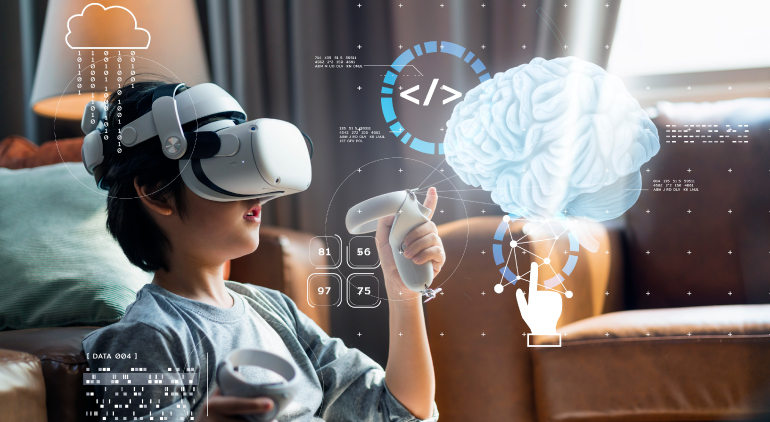
Schooling has changed a lot. Many parents still tell students about their struggle to reach a school that is far away from home.
And today, students of younger ages use virtual and augmented reality in education. Immersive technology has significantly impacted the way students learn.
When we talk about the higher education system, it also witnesses many transformations. The recent one would include the use of the metaverse in higher education.
The powerful metaverse lets students experience the virtual environment with its immersive nature.
However, it is not the metaverse that introduced students to immersive learning. Many technologies promote immersive learning.
Or even many universities suggest using such technologies and tools to let students have immersive experiences.
But What Does It Mean by an Immersive Approach to Learning?
Is it effective?
How does it help higher education students or courses?
Let us find the answer to all these questions and much more in this blog post.
What Does It Mean by Immersive Reality Learning?
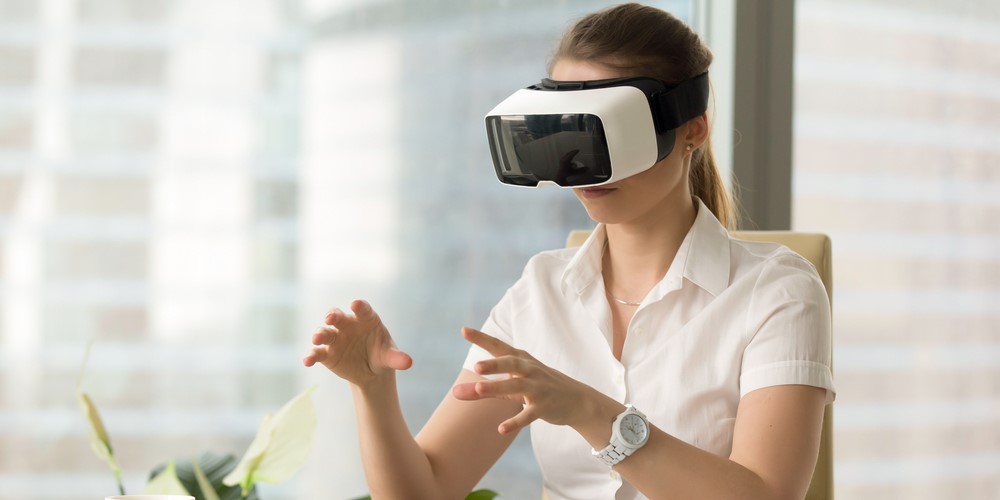
Immersive learning involves a realistic learning environment. In such an environment, students will be immersed. But what does it exactly mean?
A platform or technology that offers immersive learning makes use of academic content modules where students can witness these scenarios.
In these learning methods, students will not just be spectators, but they will be able to participate in various learning activities.
Various technologies promote immersive experiences. Let us know about a few of them.
What Technologies Promote Immersive Learning?
The following are some examples of immersive learning technologies.
Augmented Reality
Augmented reality does not fall under the category of fully immersive learning technology. However, the approach to augmented reality is different.
Unlike other immersive technologies, you can witness this technology with its 3D aspect on your gadget itself.
In augmented reality, the physical world is not completely disconnected. Instead, it is amalgamated with virtual elements.
Let Us Simply understand This Technology.
Do you recall Pokemon Go? It is a popular example of augmented reality. Exactly, when you could find a Pokemon with your mobile phone, augmented reality can furnish education with various learning modules.
For example, higher education courses like engineering and medical benefit significantly from AR modules.
According to MobiDev, the revenue of augmented reality in engineering can be around USD 4.7 billion by 2025.
Virtual Reality
Another notable technology that exemplifies the perfect blend of completely immersive nature is virtual reality. In virtual reality, the user is fully immersed in the virtual environment, experiencing a heightened sense of presence and interaction.
This immersive reality not only captivates the user's senses but also transports them to a simulated world that feels remarkably real.
Moreover, to experience virtual reality, a user needs to have a VR headset.
Virtual reality makes use of a virtual world consisting of realistic content. For academic purposes, the content mostly includes academic modules, tours, etc.
In VR for higher education, virtual reality has proven its significance. Moreover, especially for science, medical science, and engineering, virtual reality can be a boon.
There is research by Fortune Business Insights. It says that the global virtual reality in the education market had a value of USD 656.6 million in 2018.
And it is expected to have a value of USD 13,098.2 million by 2026.
Mixed Reality
Mixed reality is often known as extended reality. Moreover, this technology is a swift combination of AR and VR. A perfect example of mixed reality is Snapchat filters. But how is it different from augmented reality?
In augmented reality, the object that overlays the real world is only visible to the user. However, in mixed reality, that object can be witnessed by real-world elements.
Now let us understand how these technologies can benefit higher education.
"Experience the future of learning! Dive into immersive tech to transform higher education now. Let's create tomorrow's leaders together!"
How Do These Technologies Benefit Higher Education?
The higher education system is one of the integral parts of a student's life. For example, K-12 education forms the foundation of the basics, in which students learn about many subjects and areas.
However, in higher education, students choose their specialization, for example, mechanical engineering or medicine, etc. Therefore the system for such niche education has to be rigorous.
For example, in chemistry labs, engineering students should be able to perform experiments with various solutions. In the traditional education system, students can not use concentrated solutions on their own.
However, in immersive technology in college such as virtual reality, students can perform those experiments with a much more real-like feel.
Another benefit of using immersive technology is that students can repetitively perform experiments till they learn from them. Also, every student has a unique learning pace.
A traditional system can not focus on everyone learning and comprehending the concepts. At the same time, virtual and augmented reality in education can overcome this challenge in the traditional education system.
In AR and VR environments, students can learn at their speed and make sure to understand well.
One more advantage of immersive technologies is the opportunities for students. For example, let us take an example of an e-learning method. When professors teach, most of the time, students are idle.
They just listen and try to understand. However, immersive technologies let students participate in various activities. For example, students can not just be inactive while on a virtual tour at a bridge construction site.
In many ways, immersive technologies let students perform and be active while learning. Moreover, such participation results in understanding the subjects or concepts wholeheartedly rather than just mugging them up.
 Get the App from Meta Store: Download Now
Get the App from Meta Store: Download Now
Role of iXR Labs in Immersive Education
iXR Labs has been offering such immersive education with its promising educational services for science, medical science, and engineering education.
The team at iXR believes that students learn more from what they witness rather than from what they just listen to.
iXR Labs' contribution to immersive learning makes use of two notable technologies, augmented reality and virtual reality.
There are a variety of modules, virtual tours, and many more interesting and immersive learning opportunities with iXR.
Conclusion
The education system is advancing day by day. Or the education system teaches students about these advancements and later they amply it to bring advanced, better, sustainable education.
Virtual and augmented reality in education is two good examples of it. They let students have an effective, evolved, and immersive learning experience
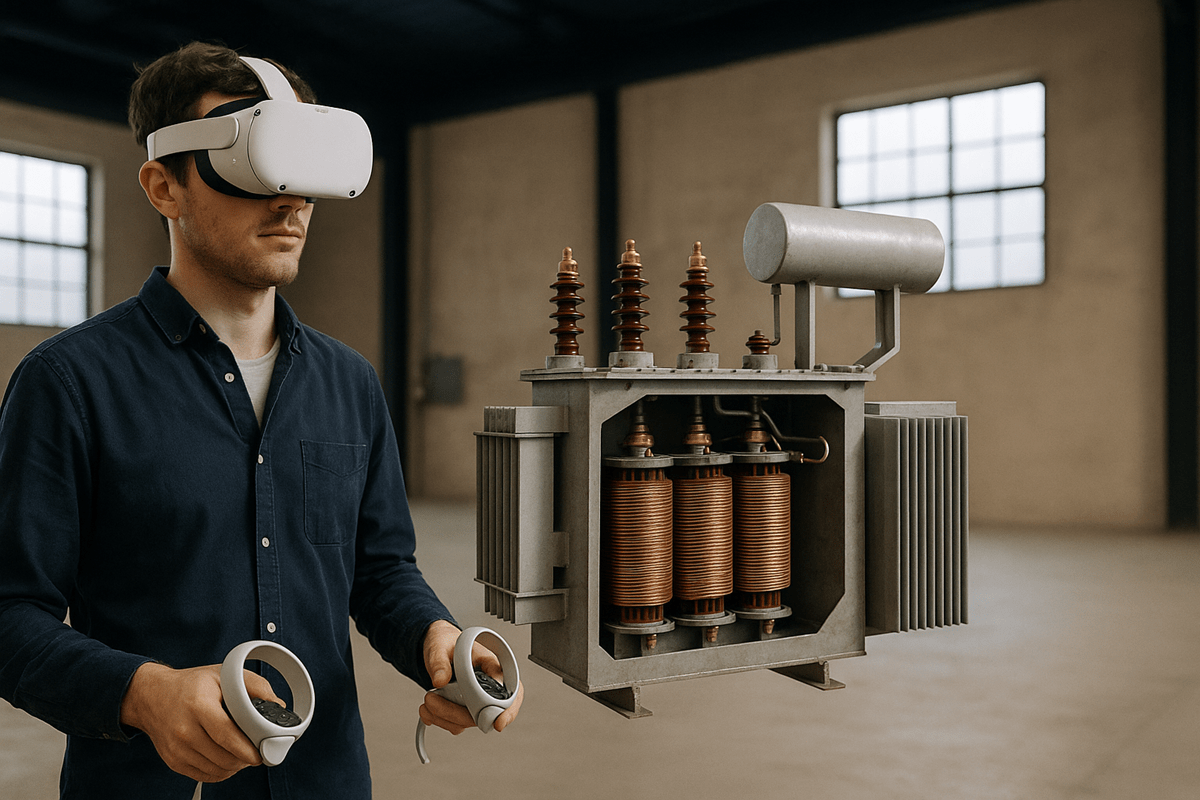
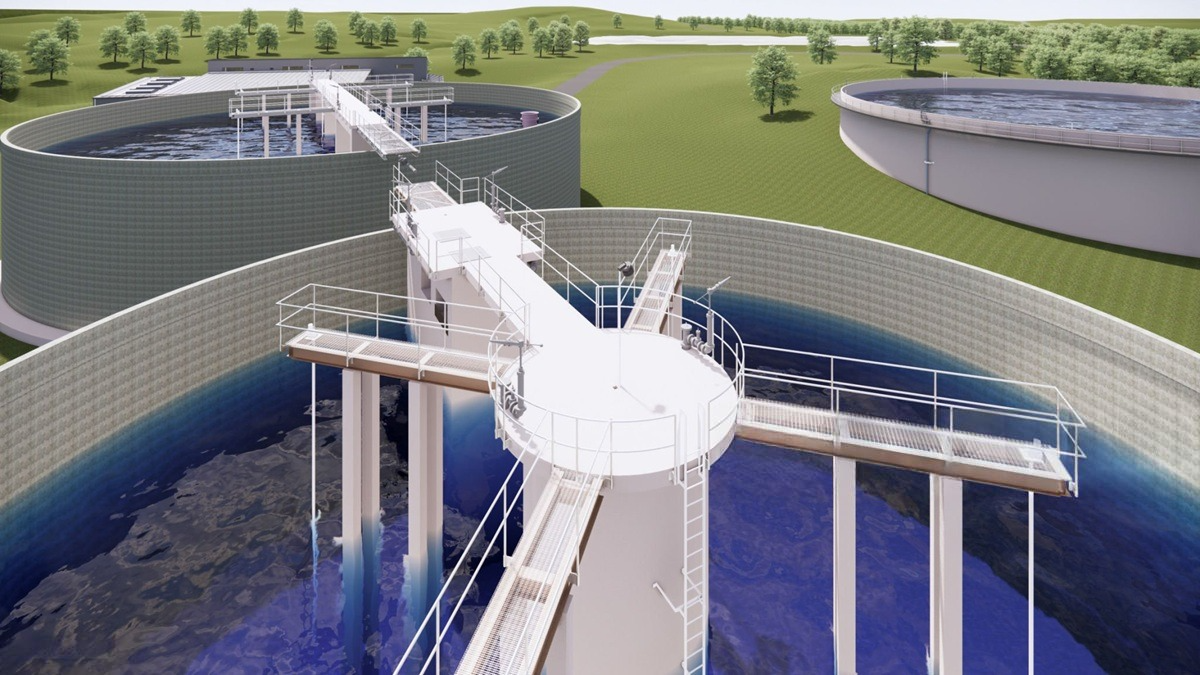
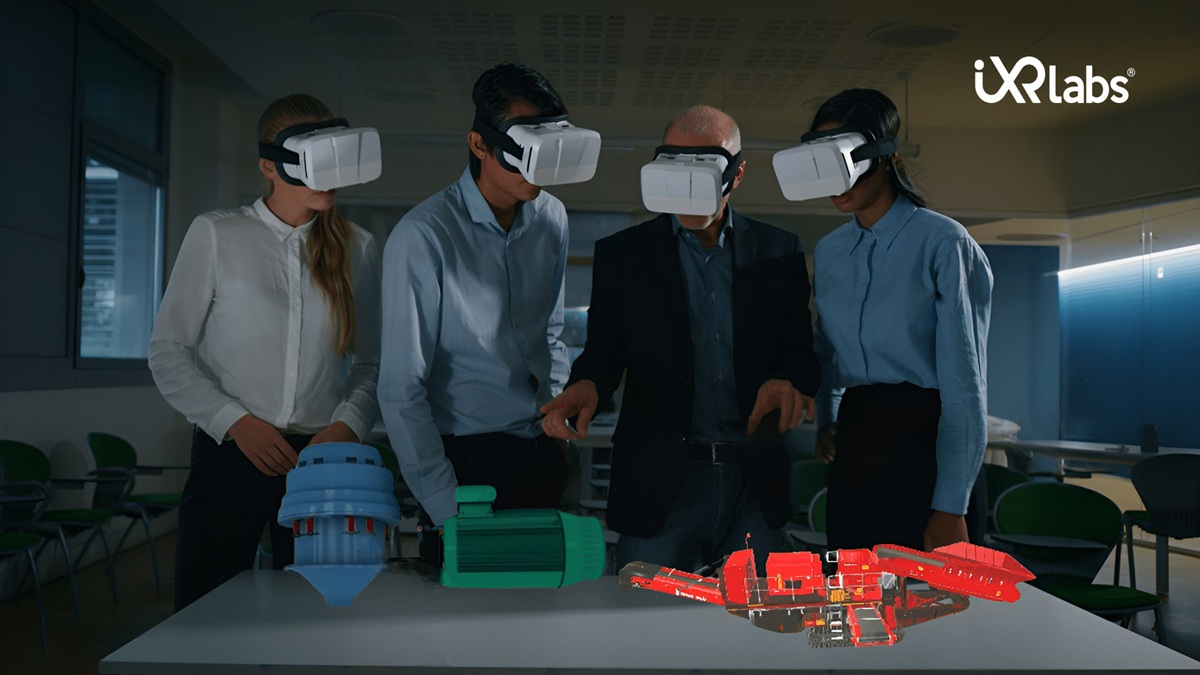
.png)

.png)